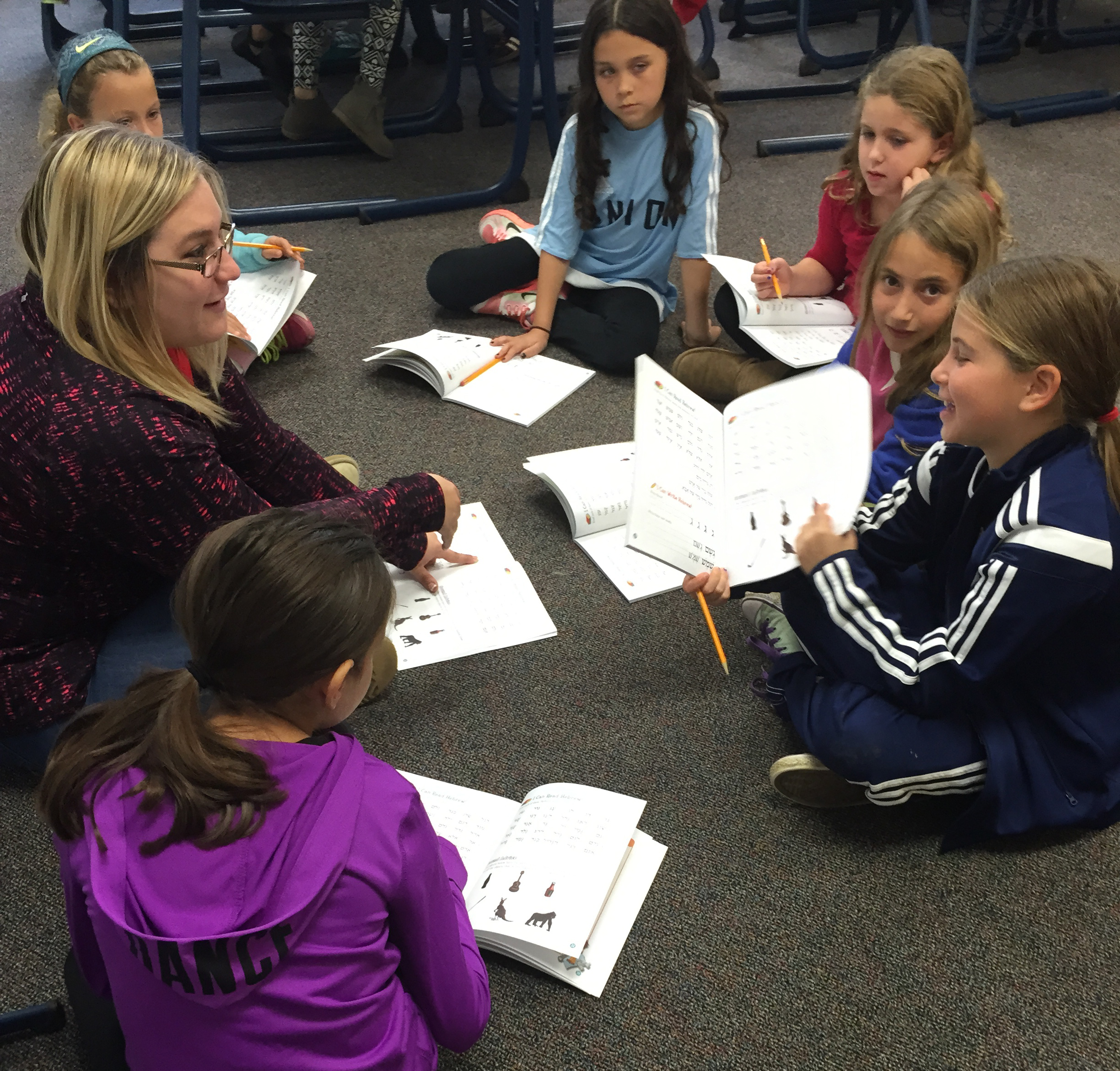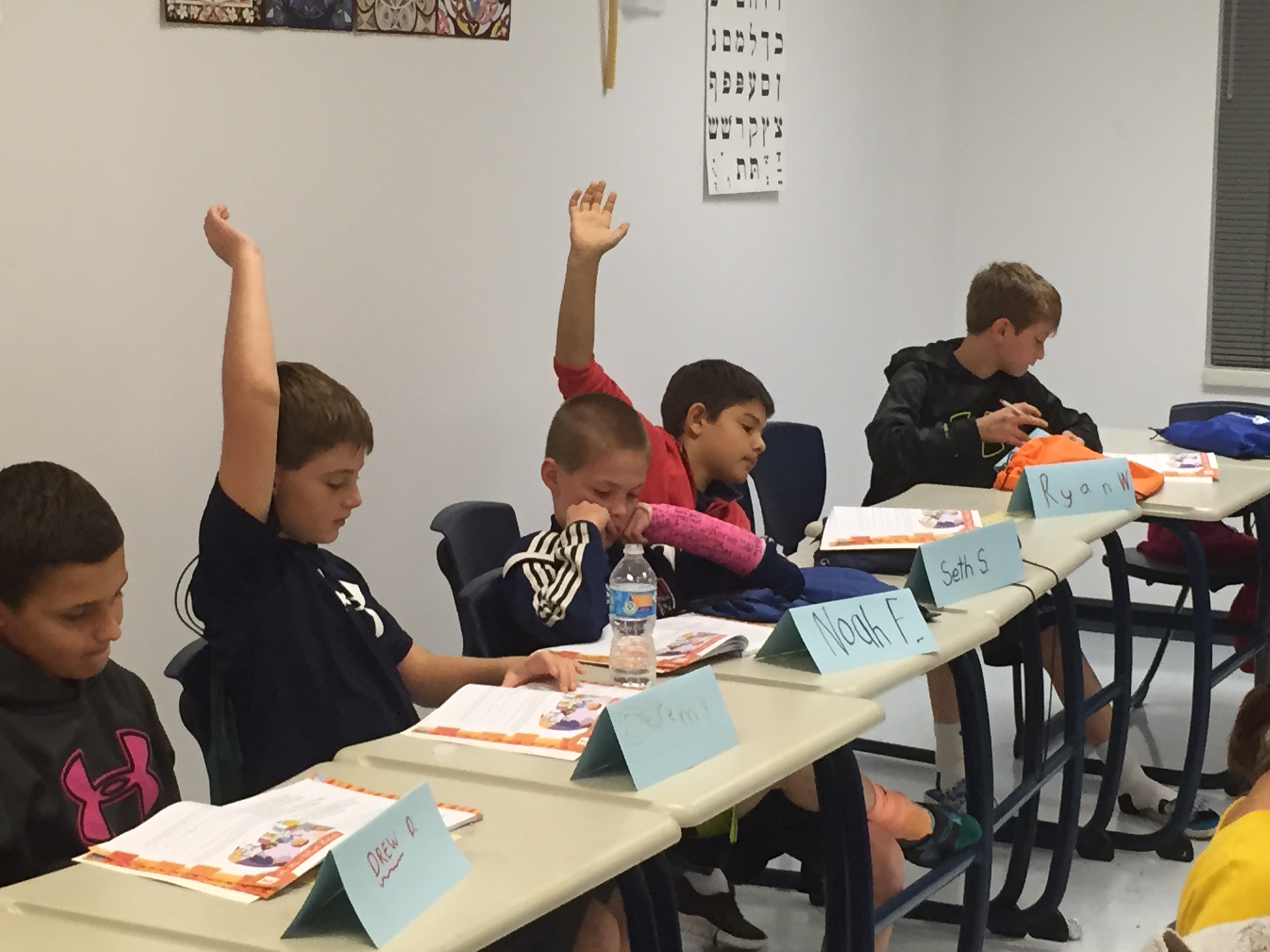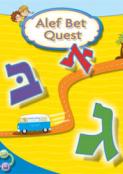- Home
- Play & Learn Home
- Online Enrichment
- Experience Modern Israel
- Israel It's Complicated
- Jewish and Me
- Jewish Holidays Jewish Values
- Jewish Values in Genesis and Jewish Values in Exodus
- Min Ha’aretz
- Our Place in the Universe
- Simply Seder
- The Prophets: Speaking Out for Justice
- Making T'filah Meaningful
- Make, Create, Celebrate
- Yom Haatzmaut Resources
- Hebrew Apps
- About The OLC
- What is the OLC?
- Introduction
- Get Started
- Resources
- OLC Content
- Parent Materials
- See My OLC Classes
- Store
Hebrew with Intent: Finding Authentic Purpose
Written by Behrman House Staff, 11 of November, 2015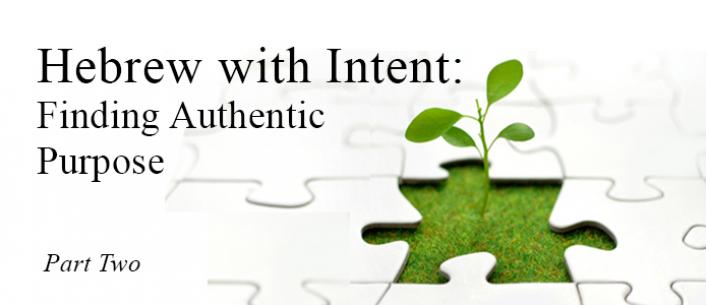
In the Spotlight: Temple Emanu-El, Westfield, New Jersey
Hebrew is unquestionably a significant piece of what it means to be Jewish. This is the second in a series of profiles of three educators and their experiences developing a clear-eyed purpose for Hebrew in their schools and a program that supports those goals.
Every week, 4th and 5th graders at Temple Emanu-El in Westfield, New Jersey, gather in the sanctuary for a minyan. It’s not the typical prayer session, however, but rather a learner’s minyan, where the students study the siddur and each part of the service. They review the Hebrew, the translation, and the creative interpretation or poem associated with the prayer.
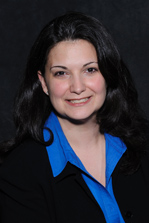 This experience translates into more effective Hebrew learning in the classroom, according to Abra Lee, religious school director at Temple Emanu-El. “It’s not Hebrew prayer for rote recitation but for the purpose of creating meaningful connection and context.”
This experience translates into more effective Hebrew learning in the classroom, according to Abra Lee, religious school director at Temple Emanu-El. “It’s not Hebrew prayer for rote recitation but for the purpose of creating meaningful connection and context.”
The focus on connection stems from the congregation’s shift away from viewing Hebrew learning as simply pre-b’nei mitzvah prep for its 600 students.
That milestone event had driven the Hebrew curriculum for years. Focused on what elements students would be responsible for on the morning of their service, teachers would slot those pieces into grade-level appropriate benchmarks.
For example, there was no Hebrew textbook. Instead, students relied on a school siddur for t’filah once a month, and used it as the learning material the other weeks. If a prayer was not part of the b’nei mitzvah responsibilities, it simply wasn’t part of the Hebrew curriculum.
“The goal was very clear: Get the kids ready to lead their bar or bat mitzvah service. Everybody knew what they had to do and why there were doing it,” Lee says. “But we started to ask a lot of ‘why’ questions, and that led to our goals changing. Now we’re in a time of transition where we’re figuring out how to reach those goals.
The ‘why’ questions revolved around things such as longstanding customs related to teaching Hebrew and prayer. Take the prayer “Eilu D’varim,” which educators at Temple Emanu-El had taught for years. Lee began taking a hard look at its purpose in the curriculum, asking why teachers included it. The answer was that the prayer was part of the bar mitzvah service.
“That’s just one day,” Lee says. “Is it critical that they learn Eilu D’varim as Jews growing up in life? No. There are plenty of ways to teach what’s in the prayer in terms of Judaics. What’s more critical?” When asking those questions, and realizing that some prayers didn’t have long-term meaning to the students, Lee’s answer to the ‘why teach Hebrew’ question shifted.
Temple Emanu-El educators came to the conclusion that although Hebrew can and should prepare students for their b’nei mitzvah services, it also must be taught as a way to connect them to the larger Jewish world.
The school now focuses more on Hebrew content and context for meaningful prayer. It has replaced Eilu D’varim in the curriculum with the morning blessings, which Lee believes may be more individually important in the long run. It also added the Birkat Hamazon to the curriculum, not only teaching the prayer itself, but using the language to review Hebrew and grammatical rules. The school’s sixth graders attend regular temple dinners, and so learning the Birkat serves the dual purpose of Hebrew review and practical prayer practice.
“If I’m a Jew, what do I need to have in my pocket, my toolbox, to feel Jewish? What is common to us as Jews everywhere? Hebrew,” Lee says. “Hebrew prayer can help students identify with the Jewish community in any prayer service anywhere now and later in adulthood.”
Just as the reasons why Temple Emanu-El teaches Hebrew has evolved, so too has its teaching methods. The religious school now begins letter decoding in 3rd grade using Alef Bet Quest, a year later than it used to. The early grades focus more on developing auditory Hebrew skills. Fourth graders use the Online Learning Center for Hebrew review, because, according to Lee, “it is more closely aligned with how the students are learning in their secular studies.” Also, she added, textbooks go home and don’t always return, so now students can leave books at school and work online from home.
Although the school is still refining its materials, its methods are more aligned with the purpose. “We redefined our goals and are clear on the reasons we teach Hebrew,” Lee says. “We’re being very intentional about it.”
Coming next week:
Part 3: How clear goals focused on liturgy has transformed an entire school’s culture.
In the Spotlight: Washington Hebrew Congregation, Washington, DC

